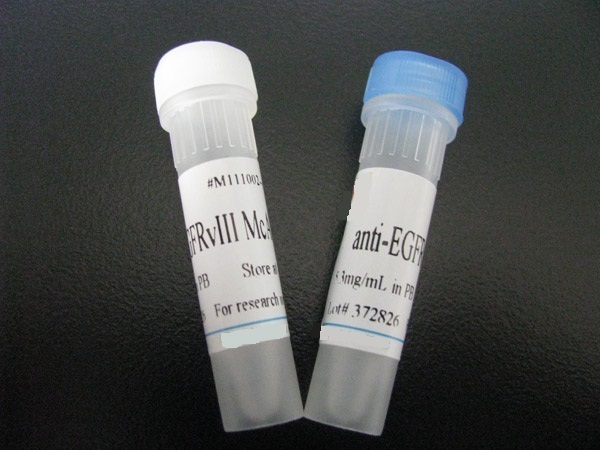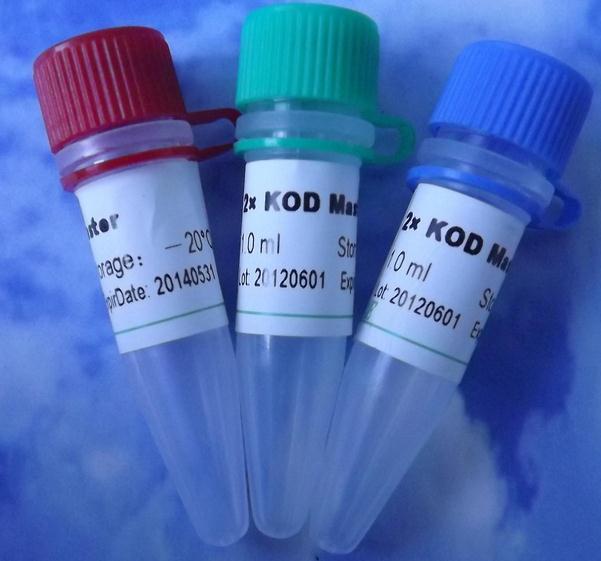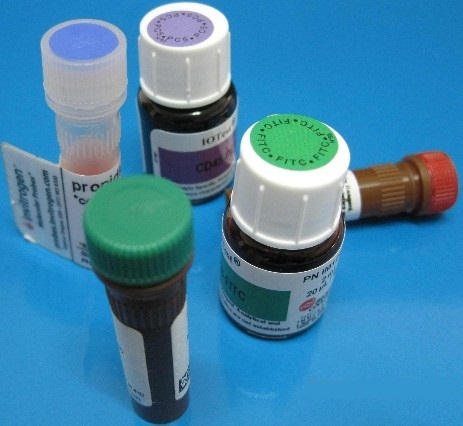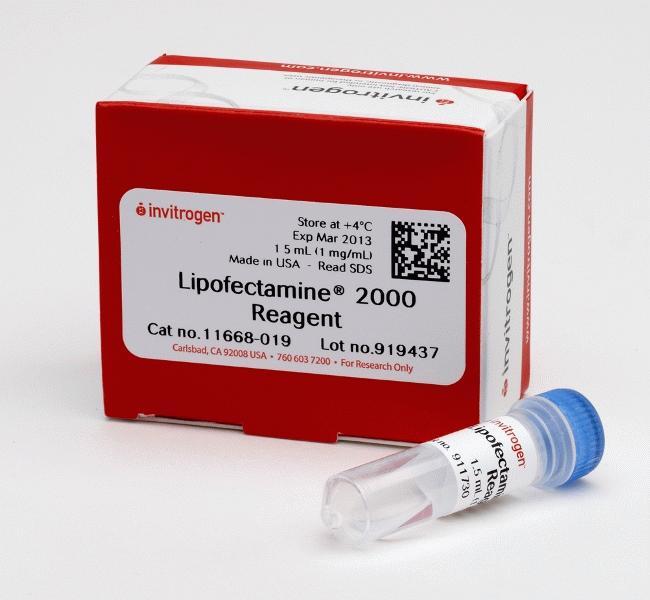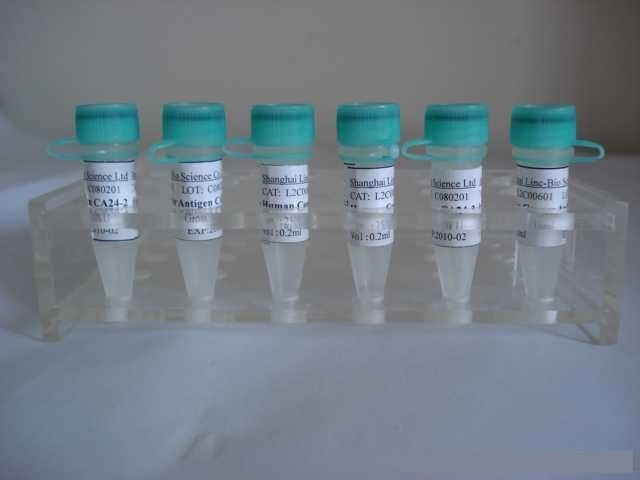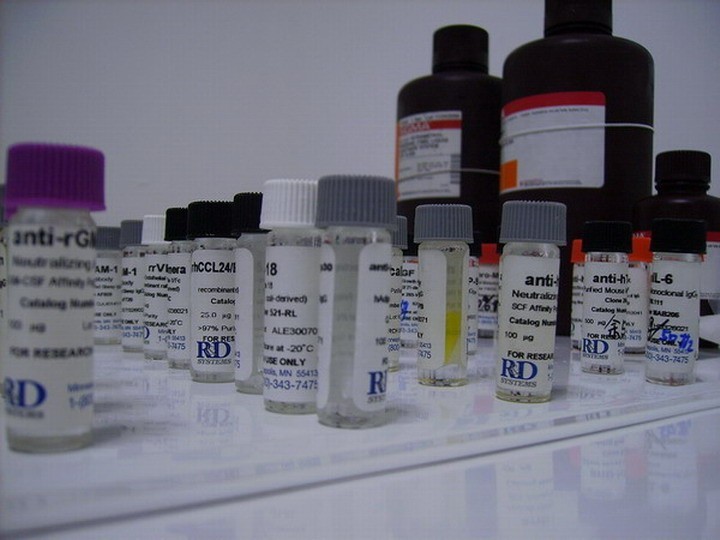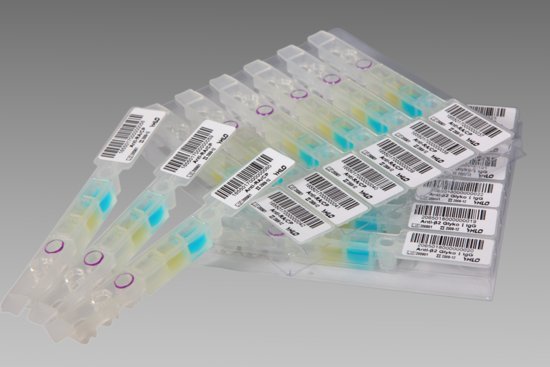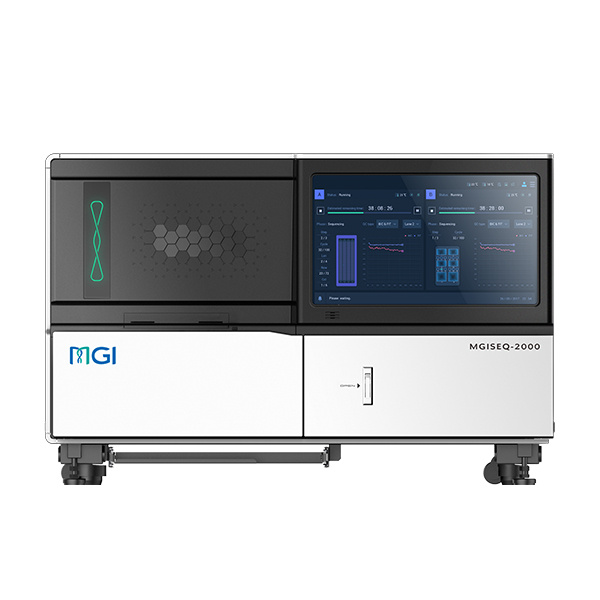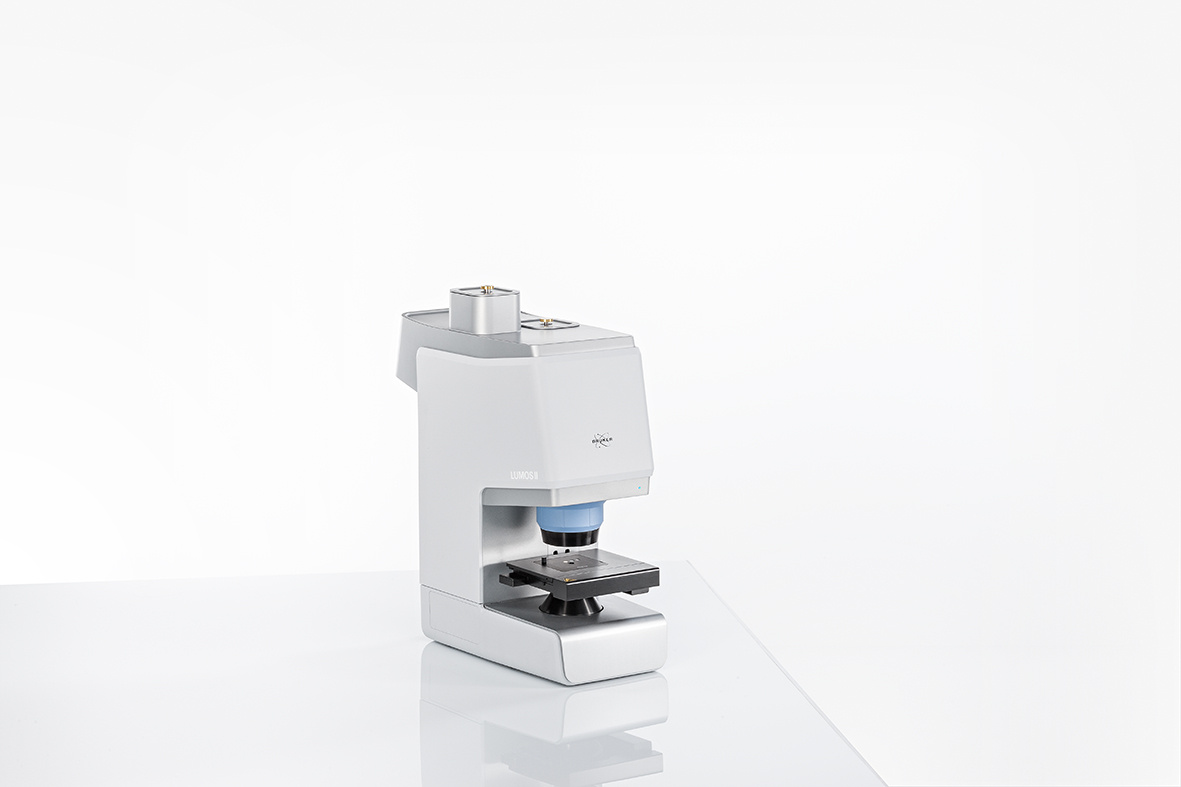浓 度 1mg/1ml
规 格 0.2ml/200μg
抗体来源 Rabbit
克隆类型 polyclonal
交叉反应 Human, Mouse, Rat, Chicken, Pig, Cow, Horse, Sheep
产品类型 一抗
研究领域 免疫学 神经生物学
蛋白分子量 predicted molecular weight: 39kDa
性 状 Lyophilized or Liquid
免 疫 原 KLH conjugated synthetic peptide derived from human DTNBP1
亚 型 IgG
纯化方法 affinity purified by Protein A
储 存 液 0.01M PBS, pH 7.4 with 10 mg/ml BSA and 0.1% Sodium azide
产品应用 WB=1:100-500 ELISA=1:500-1000 IP=1:20-100 IHC-P=1:100-500 IHC-F=1:100-500 IF=1:100-500
(石蜡切片需做抗原修复)
not yet tested in other applications.
optimal dilutions/concentrations should be determined by the end user.
保存条件 Store at -20 °C for one year. Avoid repeated freeze/thaw cycles. The lyophilized antibody is stable at room temperature for at least one month and for greater than a year when kept at -20°C. When reconstituted in sterile pH 7.4 0.01M PBS or diluent of antibody the antibody is stable for at least two weeks at 2-4 °C.
Important Note This product as supplied is intended for research use only, not for use in human, therapeutic or diagnostic applications.
精神分裂症易感基因抗体产品介绍 Dysbindin may play a role in organelle biogenesis associated with melanosomes, platelet dense granules, and lysosomes. A similar protein in mouse is a component of a protein complex termed biogenesis of lysosome-related organelles complex 1 (BLOC1), and binds to alpha and beta dystrobrevins, which are components of the dystrophin associated protein complex (DPC). Mutations in Dysbindin gene are associated with Hermansky-Pudlak syndrome type 7. Dysbindin gene may also be associated with schizophrenia. Multiple transcript variants encoding distinct isoforms have been identified for this gene.
Function : The BLOC-1 complex is required for normal biogenesis of lysosome-related organelles, such as platelet dense granules and melanosomes. Plays a role in intracellular vesicle trafficking. Plays a role in synaptic vesicle trafficking and in neurotransmitter release. May be required for normal dopamine homeostasis in the cerebral cortex, hippocampus, and hypothalamus. Plays a role in the regulation of cell surface exposure of DRD2. Contributes to the regulation of dopamine signaling. May play a role in actin cytoskeleton reorganization and neurite outgrowth. May modulate MAPK8 phosphorylation.
Subcellular Location : Cytoplasm. Cytoplasmic vesicle membrane. Cytoplasmic vesicle > secretory vesicle > synaptic vesicle membrane. Endosome membrane. Melanosome membrane. Nucleus. Cell junction > synapse > postsynaptic cell membrane > postsynaptic density. Endoplasmic reticulum. Detected in neuron cell bodies, axons and dendrites. Detected at synapses, at post-synaptic density, at pre-synaptic vesicle membranes and microtubules. Detected at tubulovesicular elements in the vicinity of the Golgi apparatus and of melanosomes. Occasionally detected at the membrane of pigmented melanosomes in cultured melanoma cells.
Tissue Specificity : Detected in brain, in neurons and in neuropil. Detected in dentate gyrus and in pyramidal cells of hippocampus CA2 and CA3 (at protein level).
Post-translational modifications : Ubiquitinated by TRIM32. Ubiquitination leads to DTNBP1 degradation.
Phosphorylated by PRKDC.
DISEASE : Defects in DTNBP1 are the cause of Hermansky-Pudlak syndrome type 7 (HPS7) [MIM:203300]. Hermansky-Pudlak syndrome (HPS) is a genetically heterogeneous, rare, autosomal recessive disorder characterized by oculocutaneous albinism, bleeding due to platelet storage pool deficiency, and lysosomal storage defects. This syndrome results from defects of diverse cytoplasmic organelles including melanosomes, platelet dense granules and lysosomes. Ceroid storage in the lungs is associated with pulmonary fibrosis, a common cause of premature death in individuals with HPS.
Similarity : Belongs to the dysbindin family.
dysbindin-1(DTNBP1)基因是一种精神分裂症的易感基因, 该基因实际上也是影响一般智力和认知能力相关的关键因素。因此研究人员认为DTNBP1在大脑细胞交流过程中扮演了一个重要的角色:帮助提升细胞存活度。
![]()




